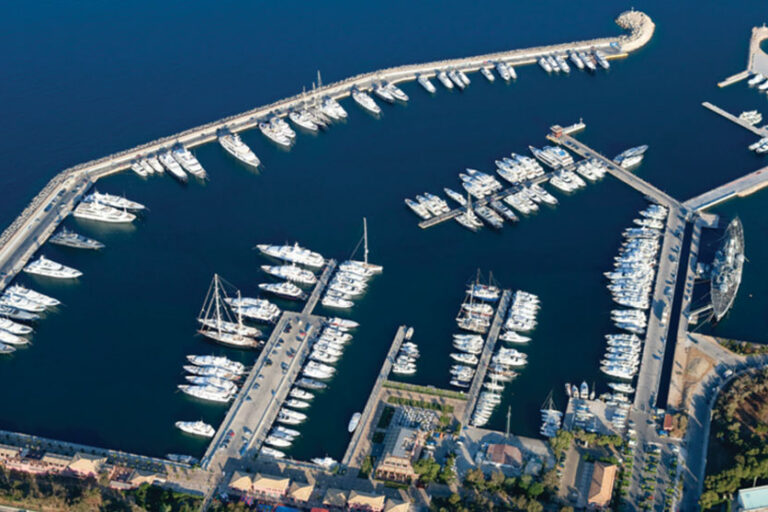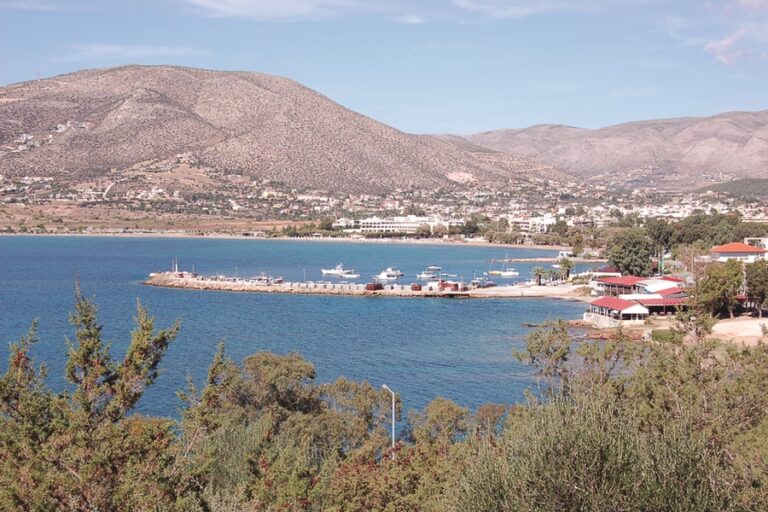
The name of the gulf comes from the ancient king of Troizinia, Saron, who drowned in the sea of the gulf while hunting a deer. The eastern shores of the gulf were called “Apollonia Coast” in ancient times, due to a large temple dedicated to the deity, located in Vouliagmeni. It is the most densely populated area of the gulf, as Athens and its surroundings are located inland.
Athens has a continuous history of many thousands of years and was one of the two most important city-states of antiquity. When the world flourished thanks to the light of Greece, Athens was its most powerful lamp. Its global contributions, both in the arts and sciences, are immeasurable and certainly cannot be encapsulated in a few brief paragraphs.
Definitely visit the new Acropolis Museum (www.theacropolismuseum.gr, 210 9000 900), it's impressive. And since you’ll be in the area, walk the narrow streets of Plaka to get some recent history colour and visit more specialised museums dedicated to a specific time and place in Greece. If you have time to spare, climb to the top of Lycabettus Hill, by trail or cable car, to see the centre of Athens, including the Acropolis, from its highest point.









